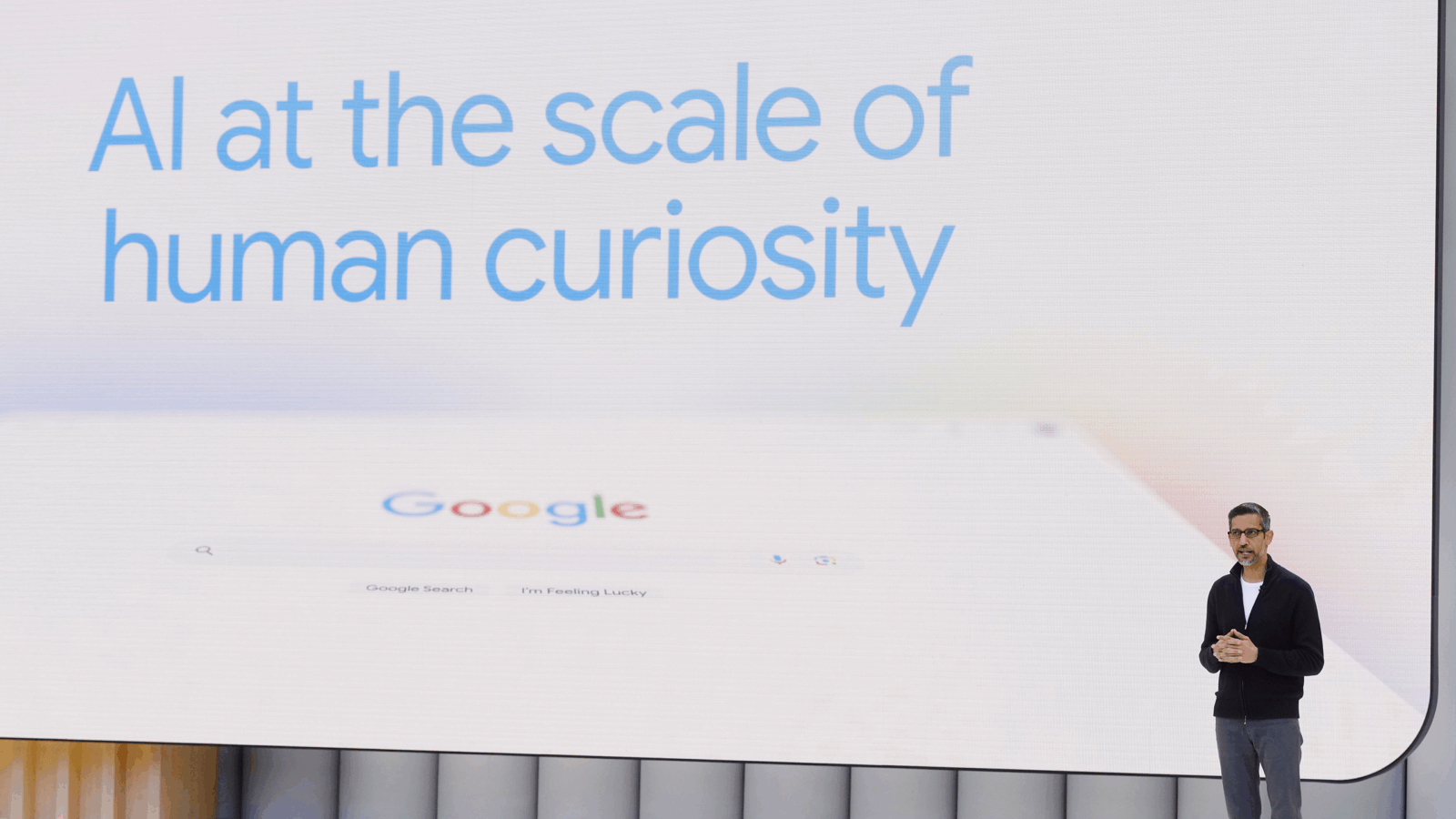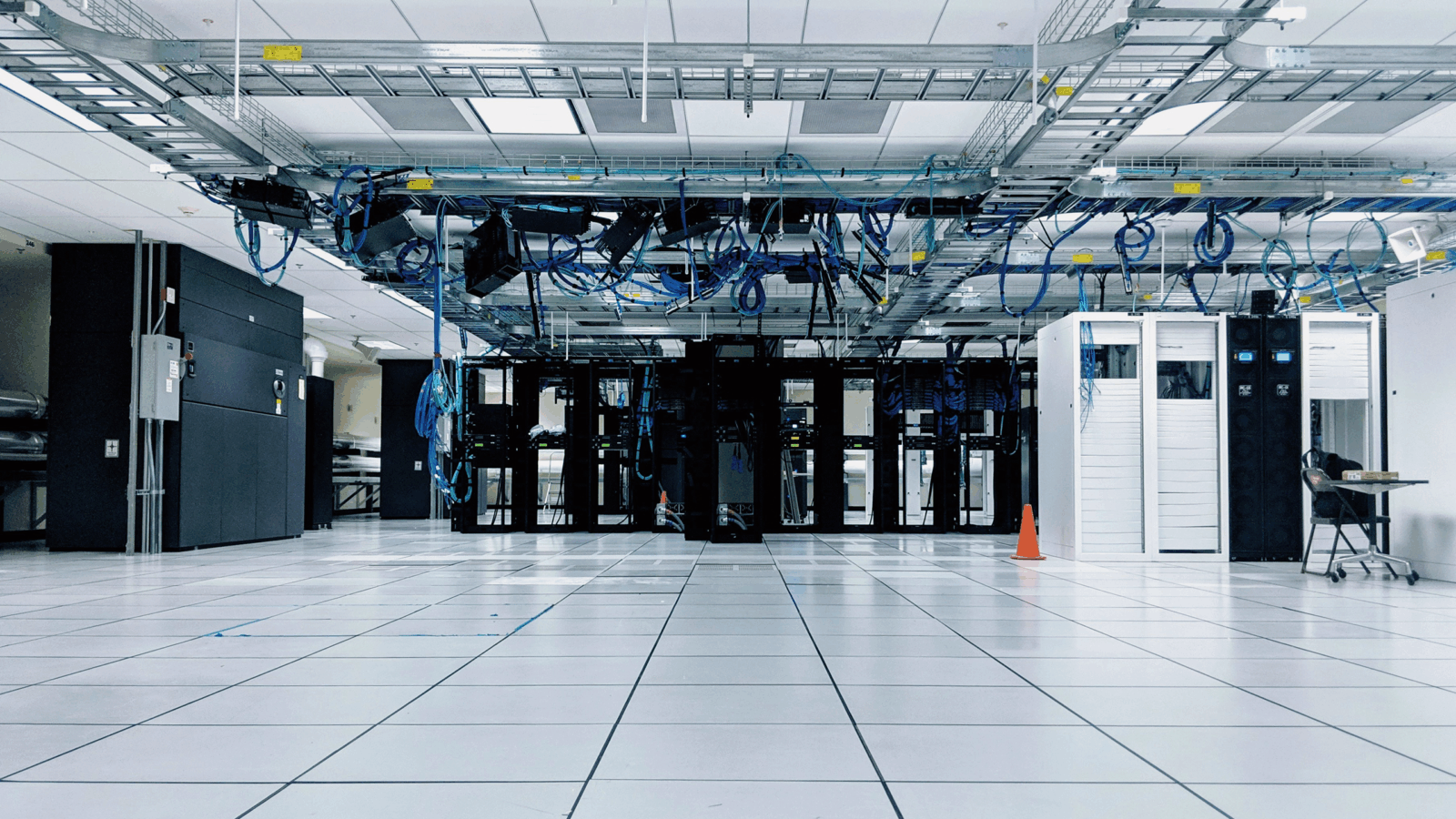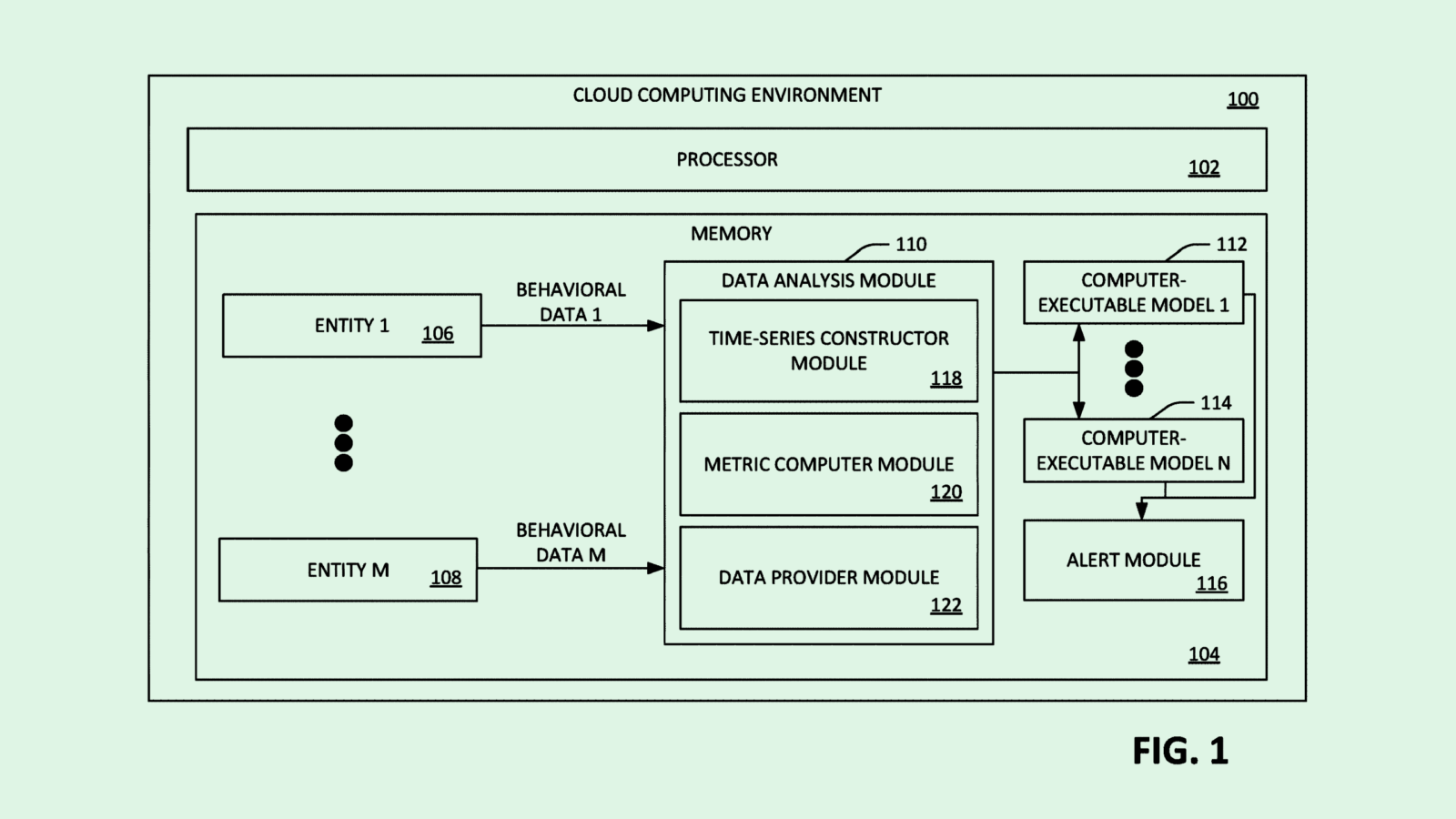Happy Thursday and welcome to CIO Upside.
Today: At Google I/O and Microsoft Build this week, agentic AI took center stage. Plus: How data center investments could lead to more than just AI innovation; and Microsoft’s recent patent could make AI security models more accurate.
But first, a quick programming note: CIO Upside will be taking a break on Monday, May 26, in observance of Memorial Day.
Let’s take a peek.
Big Tech Conferences Highlight Commitment to Agentic AI

Big Tech can’t contain its enthusiasm about agentic AI’s potential — both to simplify users’ lives and to speed up a return on developers’ massive investments.
In the latest example of the increasing hype, both Microsoft and Google announced additions to their agentic line-ups during their respective conferences in the past week.
At Google I/O, executives announced agents for both consumers and enterprises. On the consumer side, the company debuted “agent mode” for the Gemini app and revealed some updates to Project Mariner, an agent that can search the web for users and handle 10 simultaneous tasks. For enterprises, the company showed off Gemini 2.5’s coding capabilities and released a public beta for Jules, its coding agent that can fix bugs and write new features into a codebase.
Meanwhile, at Microsoft Build, the company announced new features for its own AI coding companion, Github Copilot, including an AI coding agent embedded directly into the platform that can fix bugs, add features and make documentation better. The company also added native Model Context Protocol into Windows, which is an open source standard introduced by Anthropic last year to allow agents to talk to other apps and models.
The interest in agents signals that Big Tech wants to give enterprises a “clear-cut path” to getting a return on their AI bets, said Brian Jackson, principal research director at Info-Tech Research Group. These companies have invested significant resources into building and funding foundational models, said Jackson, and with the investment in agents, may be recognizing that they need to “go a step further.”
“These vendors, they’re casting a vision of having AI employees working alongside human employees – not only just telling us how to do our jobs or advising us on what to do, but executing for us,” said Jackson.
Both Microsoft and Google have unique competitive edges, said Jackson:
- Google’s strength is in “owning the stack,” he said. Along with its proprietary large language model, Gemini, the company operates the DeepMind lab, which is consistently working on AI advancements.
- Microsoft’s Windows platform gives it a stronghold among enterprises, Jackson said, even though the partnership with OpenAI that once gave it an upper hand seems to be on the rocks.
“(Microsoft) just has a lot more institutional knowledge and experience delivering services and computing to the enterprise than Google does,” he said. “In that sense, Microsoft might be better positioned to help enterprises unlock the value of AI before Google can.”
While both firms introduced coding agents at their conferences, success is far from a given: OpenAI, Anthropic, Mistral and more are also staking their claim to that highly lucrative path for monetizing AI capabilities.
Massive AI Infrastructure Investments Open Doorway to ‘Peripheral Discoveries’

The AI gold rush is looking east, not west.
Late last week, several tech powerhouses gathered to support the “UAE Stargate” project, an AI data center that will collaborate with the US Stargate project announced in January. The Abu Dhabi-based data center campus, backed by the likes of OpenAI, Nvidia, Cisco and Oracle, will span 10 square miles and boast 5 gigawatts of capacity.
Though few financial details were disclosed, the US Stargate initiative, spearheaded by OpenAI, SoftBank and Oracle, is expected to garner $500 billion in investments over four years. Its goal is to create 20 data center campuses spanning 500,000 square feet each.
With an investment this massive between industry leaders and governments, the question of whether returns will be as large as the initial bet remains:
- The project’s creation of cross-industry connection when AI competition is at an all-time high could be a sign that tech figureheads are reading the tea leaves, said Trevor Morgan, senior vice president of operations at OpenDrives.
- He called it “coop-etition”: “This is bigger than one company. This is bigger than one government,” Morgan said.
While the goal of this project is to provide a catalyst for the AI boom to become an AI explosion, the returns might go beyond ultra-powerful models, Morgan noted. The capacity and power that this investment will provide could come in the form of “peripheral developments,” such as innovation in compute, storage and energy.
He compared it to the cooperative effort of the Manhattan Project during World War II and the innovations that sprang from that research outside of building the atomic bomb. “Out of that research comes peripheral discoveries and advances that cannot be planned,” said Morgan. “That ultimately is going to be probably equally as valuable to these players as AI.”
The potential discoveries could be among the reasons that major players are going so, so big from the start. (For reference, according to TechCrunch, the UAE Stargate project’s 10 square miles of development would be bigger than the country of Monaco.)
“You want to over-engineer, you don’t want to under-engineer,” Morgan said. “To start off on a path and go, ‘Wow, we didn’t plan for this. We need four times as much,’ you start getting skepticism from the general public. They don’t know the full breadth of it either.”
So what does this mean for enterprises? Hopefully, Morgan said, the rising tide will lift all boats. The development will likely provide a boost to the supply chains surrounding it, he said, which could be “a boon for all of the economies involved.”
The cooperative nature of the projects may spur further economic advances, too. “I think we will see that this is in line with a general uptick in stability and in macroeconomic advances,” said Morgan. That is, as long as we can keep a lid on our expectations of what AI can do. “It’s ultimately good as long as we can control it.”
Microsoft Patent Weeds Out False Alarms in AI-Powered Cloud Security

With cloud demand ramping up, keeping track of when things go awry is growing more critical.
Microsoft is seeking a patent for a system to detect “anomalous behaviour in a cloud computing environment” that may help by making detection models more accurate, weeding out data deemed “noisy” that might contribute to false positives or negatives.
When collecting behavioral data of a cloud user over time, such as logs or data streams accessed each hour, Microsoft’s system extracts features from that data to understand the different processes or actions involved.
From this, a “metric value” is computed to determine whether the data is good enough to be used. Bad data, such as that with missing features or outliers that don’t represent threats, is filtered out, while the rest is sent to the anomaly detection model. Refining the data helps avoid false flags and find real threats to cloud environments.
“Provision of numerous false alarms to the customer is problematic, as the customer may begin to ignore alarms provided thereto by the cloud computing environment,” Microsoft said in the filing.
Cloud is one of Microsoft’s biggest moneymakers. Microsoft Azure has long stood among the so-called “Big Three” of cloud providers, holding roughly 22% of the cloud services market share in the first quarter, according to CRN. Its competitors, AWS and Google Cloud, sit at 29% and 12%, respectively.
AI is heating up this market even more: According to data from Goldman Sachs, cloud services revenues are poised to reach $2 trillion by the end of 2030, with generative AI accounting for $200 billion to $300 billion of that spend.
But AI also has a habit of making cybersecurity tricky. With the tech’s tendency to have data security slip-ups, and the proliferation of AI agents taking on more and more tasks, investing in sharper security measures to track anomalous behavior is never a bad idea.
Extra Upside
- Big Spender: Amazon CEO Andy Jassy said that tariffs have not impacted consumer spending.
- OpenAI Acquisition: OpenAI is acquiring io, a device startup founded by CEO Sam Altman and Apple designer Jony Ive.
- Courting Startups: Meta has launched a program called Llama for Startups, providing direct support to help companies adopt its AI models.
CIO Upside is a publication of The Daily Upside. For any questions or comments, feel free to contact us at team@cio.thedailyupside.com.
